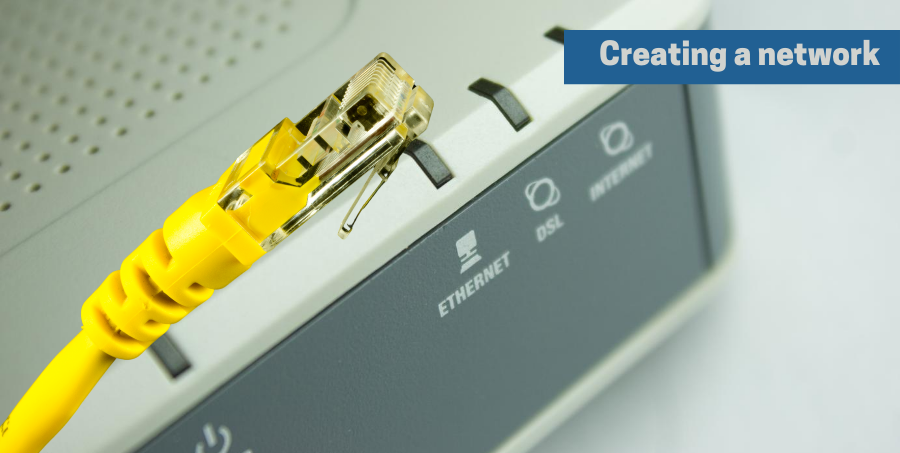Two of you working from home – you might need an ethernet splitter

With vast numbers of people suddenly finding themselves working from home during the unprecedented time of the COVID-19 pandemic, something very pressing is almost certainly occurring to many of them. It’s this: that single, solitary wall-mounted ethernet port they’ve always relied upon just isn’t enough to meet the demand for more devices. That particularly applies if, as in many homes at the moment, there are also kids at home wanting internet access.
Wi-Fi is great for many purposes, but there are times when only a cable will do. Any avid gamers in the family will undoubtedly testify to that: wired connections still deliver the best performance for seriously data-hungry applications – such as those that many use routinely at the office.
Thankfully, there’s an easy-to-use, instant and inexpensive solution to your mounting frustration: the simple ethernet splitter. We’ll walk you through what the devices do and how they work.
Ethernet splitters are a little box of network ports attached to a single cable, functioning similarly to a multi-socket mains electricity extension lead that allows you to connect several electrical devices from a single wall-mounted mains outlet.
In most home networks, the cables used (typically, “Cat 5e” cables) contain, beneath the outer casing, eight wires arranged into four pairs, with each pair twisted into a double helix (a bit like a strand of DNA). Many home networks use an ethernet standard known as 100BASE-T, which can manage network traffic at an average rate of 100 megabits per second (Mb/s) and only needs two of these twisted pairs (or just four of the eight wires).
So, here’s how an ethernet splitter works:
If you have a single wall-mounted ethernet port in one room into which your router is plugged, linked to another single ethernet port in a separate room, where a desktop and laptop computer are situated, you might have a problem. Namely, more than one device needing an internet connection, and only a single wall-mounted ethernet port linking to the router in the other room.
Since only half of the wires in a standard home ethernet cable are required, an ethernet splitter takes only four of the eight wires in a standard ethernet connector to enable data transmission and reception for a device. In other words, if you connect a splitter to the wall-mounted ethernet ports in each room, you double the available ethernet ports in each (the splitter’s cable coming from the wall-mounted port will terminate in two ethernet ports).
That means that in the “device room,” you can connect one cable from the laptop and one from the desktop or games console to the splitter’s two ports. Meanwhile, in the “router room,” you’ll be able to connect one cable each from the two splitter ports to the free ethernet ports on the router.
Reputable connector and cable vendors will have a good range of suitable, high-speed splitters from which to choose.
The days of the single wall-mounted ethernet port can, in these unusual times, be ended at a stroke.

